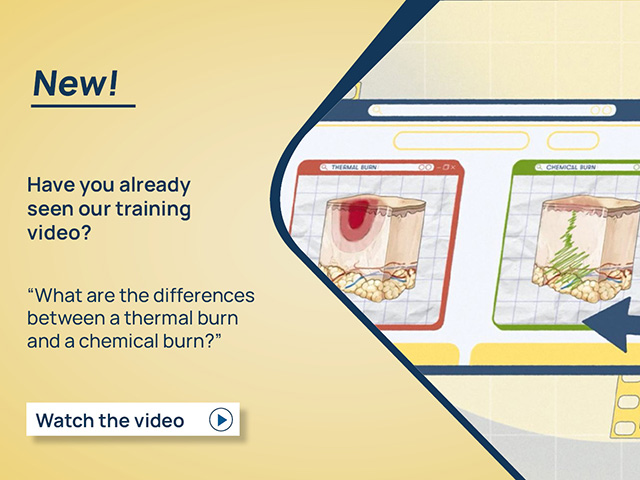Chemical risk in plastic and rubber industry
The production of plastic is now one of the largest industries. With products ranging from mobile phones to car bumpers, via syringes, plastic production is still increasing.
Rubber is a material that can be achieved whether by processing latex naturally secreted by certain plants (eg, rubber tree), or by an industrial process. Rubbers are also used in many industrial applications and daily (gloves, condoms, caps, rubber bands, automotive, construction and buildings, household appliances, etc.).
Chemical risk: Plastics
The plastic is composed as follows: raw polymer (base resin) plus fillers, plasticizers and additives.
The base resin sets up the cohesion of the material.
Fillers improve specific properties of the resin. Here are some examples of fillers: calcium carbonate, natural or synthetic silica, carbon black, graphite, etc.
Plasticizers will make the compound more flexible thanks to phthalates, adipates, phosphate, polyester, etc.
Additives significantly enhance a specific property and are incorporated in small proportion. Generally, these additives are: hardeners, catalysts, stabilizers containing phenol or amines, blowing agents, lubricants, dyes, fungicides, bactericides and solvents.
The most common plastics manufactured are: polyethylene (PE), Poly Vinyl Chloride, (PVC), Polystyrene (PS), Polytetrafluoroethylene (PTFE or Teflon®).
The three main processes of plastic moulding are:
- Extrusion Molding: the main process used to form plastics. A heated plastic compound is forced continuously through a forming die made in the desired shape. The formed plastic cools under blown air or in a water bath and
hardens on a moving belt. - Injection Molding: the plastic compound, heated to a semifluid state, is squirted into a mold under great pressure and hardens quickly. The mold is then opened and the piece is released. This process can be repeated as many times as necessary.
- Blow Molding uses a pressure to form hollow objects, such as bottles, in a direct or indirect method. In both methods, the plastic is moulded by a flow of air.
In these processes, there are no chemicals used during the operations but they need different greases and oils to ensure the good working of the processes. During maintenance operations, the operators can enter in contact with these products.
Natural rubber
When the latex is harvested, it is then stabilized with ammonia and concentrated to reduce its water content or coagulated in a more or less controlled way. Finally it is dried to obtain rubber bullets.
Synthetic rubber
The production of the elastomers is in four steps
- The formulation of a hundred ingredients, which aim is to meet the specifications of the future piece.
- The mixing or working up incorporates into the elastomer various ingredients such as black carbon, chalk and oil.
- The layout of the elastomer by moulding or by extrusion (profiles).
- Vulcanization, a process that adds sulfur to the elastomer and cooks it to give its elasticity.
The main rubbers produced are:
- Buna rubber (styrene + butadiene)
- Ethylene + propylene
- Butyl rubber (isobutene + butadiene or isoprene)
- Synthetic polyisoprene
- Neoprene (with chloroprene)
- Nitrile rubber: butadiene + acrylonitrile
Natural or synthetic rubber is exclusively used with other mixed ingredients:
- Reinforcing charges: the main one is the black carbon (giving the color of the rubber products). They improve the mechanical and abrasion resistance.
- Oils, also known as plasticizers
- Protection agents against UV or light
- Products used in the vulcanization (sulfur, zinc oxide, accelerators, peroxides, etc.)
- Various products such as dyes, blowing agents, fire protection products, etc.

